Five things are necessary for practising Pranayama. First a good place; second, a suitable time; third, moderate, substantial, light and nutritious food; fourth, patient and persistent practice with zeal, ease and earnestness and lastly the purification of Nadis (Nadi-Suddhi). When the Nadis are purified the aspirant enters the first stage in the practice of Yoga—‘Arambha’.
A Pranayama practitioner has a good appetite, good digestion, cheerfulness, courage, strength, vigour, a high standard of vitality and a handsome appearance. The Yogi should take his food at a time when Surya Nadi or Pingala is working, i.e., when the breath flows through the right nostril, because Pingala is heating and digests the food quickly. Pranayama should not be practised just after taking meals, nor when one is very hungry. Gradually one should be able to retain the breath for 3 Ghatikas (one hour and a half) at a time. Through this, the Yogi gets many psychic powers. When anyone wants to stop the breath for a long period, he should remain by the side of a Yogi Guru, who knows the practice of Pranayama thoroughly. The breath can be suspended by graduated practice from one to three minutes without the help of anybody. Suspension for three minutes is quite sufficient for purifying the Nadis and steadying the mind and for the purpose of good health.
[wp_ad_camp_1]
The Place
Select a solitary, beautiful and pleasant spot, where there are no disturbances; on the bank of a river, lake or the sea or the top of a hill where there is a nice spring and grove of trees, and where milk and articles of food are easily procurable. Build a small Kutir or hut. Have one compound. In the corner of the enclosure, sink a well. It is impossible to get an ideal place that can satisfy you from all viewpoints.
The banks of Narmada, Jamuna, Ganga, Kaveri, Godavari, Krishna are very suitable for building Kutirs or huts. You must select one such spot, where there are some other Yogic practitioners in the neighbourhood. You can consult them in times of difficulties. You will have faith in the Yogic Kriyas. When you see others also who are devoted to such Yogic practices, you will diligently apply yourself in your practice, as you will get an impetus and you will strive to excel them. Nasik, Rishikesh, Jhansi, Prayag, Uttarkasi, Brindavan, Ayodhya, Varanasi, etc., are good places. You can fix a spot in a place far from the crowded localities. If you build a Kutir in a crowded place, people out of curiosity will molest you. You will have no spiritual vibrations there. You will be without any protection if you build your cottage in a thick forest. Thieves and wild animals will trouble you. The question of difficulty for food will arise. In Svetasvatara Upanishad it is said: “At a level place, free from pebbles, fire and gravel; pleasant to the eyes, and repairing to a cave, protected from the wind, let a person apply his mind to God.”
Those who practise in their own houses can convert a room into a forest. Any solitary room will serve their purpose well.
The Time
The practice of Pranayama should be commenced in Vasanta Ritu (spring) or Sarad Ritu (autumn) because in these seasons success is attained without any difficulty or troubles. The Vasanta is the period from March to April. The Sarad, autumn, lasts from September to October. In summer do not practise Pranayama, in the afternoon or evening. In the cool morning hours you can have your practice.
The Adhikari (The Qualified Person)
One who has a calm mind, who has subdued his Indriyas, who has faith in the words of the Guru and Sastras, who is an Astika (i.e., one who believes in God) and is moderate in eating, drinking and sleeping and one who has an eager longing for deliverance from the wheel of births and deaths—is an Adhikari (qualified person) for the practice of Yoga. Such a man can easily get success in the practice. Pranayama should be practised with care, perseverance and faith.
Those who are addicted to sensual pleasures or those who are arrogant, dishonest, untruthful, diplomatic, cunning and treacherous; those who disrespect Sadhus, Sannyasins and their Gurus or spiritual preceptors and take pleasure in vain controversies, or of a highly talkative nature, those who are disbelievers, who mix much with worldly-minded people, who are cruel, harsh and greedy and do much useless Vyavahara (worldly activities), can never attain success in Pranayama or any other Yogic practice.
There are three types of Adhikaris, viz., 1. good (Uttama), 2. middle (madhyama) and 3. inferior (Adhama) according to Samskaras, intelligence, degree of Vairagya, Viveka and Mumukshutva and the capacity for sadhana.
You must approach a Guru, who knows Yogasastra and has mastery over it. Sit at his lotus-feet. Serve him. Clear your doubts through sensible and reasonable questions. Receive instructions and practise them with enthusiasm, zeal, attention, earnestness and faith according to the methods taught by the teacher.
A Pranayama practitioner should always speak kind and sweet words. He must be kind to everybody. He must be honest. He must speak the truth. He must develop Vairagya, patience, Sraddha (faith), Bhakti (devotion), Karuna (mercy), etc. He must observe perfect celibacy. A householder should be very moderate in sexual matters during the practice.
Dietetic Discipline
The proficient in Yoga should abandon articles of food, detrimental to the practice of Yoga. He should give up salt, mustard, sour, hot, pungent and bitter things, asafoetida, worship of fire, women, too much walking, bathing at sunrise, emaciation of the body by fasts, etc. During the early stages of practice food of milk and ghee is ordained; also food consisting of wheat, green pulse and red rice is said to favour the progress. Then he will be able to retain his breath as long as he likes. By thus retaining the breath as long as he likes Kevala Kumbhaka (cessation of breath without inspiration and expiration) is attained. When Kevala Kumbhaka is attained by one, expiration and inspiration are dispensed with. There is nothing unattainable in the three worlds for him. In the commencement of his practice sweat is getting out. As a frog moves by leaps so the Yogi sitting in Padmasana moves on the earth. With a further increased practice, he is able to rise from the ground.
He, while seated in lotus-posture, levitates. Then arise in him the power to perform extraordinary feats. Any pain, small or great, does not affect the Yogi. Then excretions and sleep are diminished; tears, rheum in the eyes, salivary flow, sweat and bad smell in the mouth, do not arise in him. With a still further practice, he acquires great strength by which he attains Bhuchara Siddhi which enables him to bring under his control all the creatures that tread on this earth; tigers, Sarabhas, elephants, wild bulls and lions even die by a blow given by the palms of this Yogi. He becomes as beautiful as the God of Love himself. By the preservation of the semen a good odour pervades the body of the Yogi.
Yogic Diet
Instinct or voice within will guide you in the selection of articles of diet. You are yourself the best judge to form a sattvic Yogic menu to suit your temperament and constitution. Further information is given in the Appendix.
Mitahara
Take wholesome Sattvic food half stomachful. Fill a quarter with pure water. Allow the remaining quarter free for expansion of gas and for propitiating the Lord.
Purity in Food
“Ahara-suddhau sattva-suddhih, Sattva-suddhau dhruva-smritih, Smritilabhe sarvagranthinam vipramokshah.” By the purity of food, follows the purification of the inner nature, on the purity of the inner nature the memory becomes firm and on the strengthening of memory follows the loosening of all ties, and the wise get liberation thereby. You must not practise Pranayama just after meals. When you are very hungry, then also you must not practise. Go to the water closet and empty the bowels before you begin Pranayama. A Pranayama-practitioner should observe Samyama (control) in food and drink.
Those who are-strict and regular in diet derive immense benefits during the course of practice. They get success quickly. Those persons who suffer from chronic constipation and who are in the habit of defecating in the afternoon can practise Pranayama in the early morning without answering the calls of nature. They should try their level best by some means or other to get an evacuation of their bowels in the early morning.
Food plays a very important role in Yoga Sadhana. An aspirant should be very, very careful in the selection of articles of diet, in the beginning of his Sadhana period. Later on when Pranayama-Siddhi is obtained drastic dietetic restrictions can be removed.
Charu
This is a mixture of boiled, white rice, ghee, sugar and milk. This is a wholesome combination for Brahmacharins and Pranayama-practitioners.
Milk Diet
Milk should be scalded but not too much boiled. The process of scalding is that the milk should be immediately removed from the fire as soon as the boiling point is reached. Too much boiling destroys the vitamins, the mysterious nutritive principles and renders it quite useless as an article of diet. Milk is a perfect food by itself, containing as it does, the different nutritive constituents in a well-balanced proportion. It leaves very little residue in the bowels. This is an ideal food for Yogic students during Pranayama practice.
Fruit Diet
A fruit diet exercises a benign, soothing influence on the constitution and is a very desirable diet for Yogins. This is a natural form of diet. Fruits are very great energy-producers. Bananas, grapes, sweet oranges, apples, pomegranates, mangoes, Chikkus (Sappota) and dates are wholesome fruits. Lemons possess anti-scorbutic properties and act as restoratives to blood. Fruit-juice contains vitamin C. Chikkus increase pure blood. Mangoes and milk is a healthy agreeable combination. You can live on mangoes and milk alone. Pomegranate juice is cooling and very nutritious. Bananas are very nutritious and substantial. Fruits help concentration and easy mental focussing.
Articles Allowed
Barley, wheat, ghee, milk, almonds promote longevity and increase power and strength. Barley is a fine article of diet for a Yogi and Sadhaka. It is cooling too. Sri Swami Narayan, the author of ‘Ek Santka Anubhav’, who wears a Kaupin of gunny bag, lives on bread, made up of barley. He recommends barley bread to his disciples. It is said that Emperor Akbar lived upon barley.
You can take wheat, rice, barley, milk, bread, cow’s milk, ghee, sugar, butter, sugar-candy, honey, dried ginger (Soont), green pulse, Moongdal, Panchashaka vegetables, Peypudalai, potatoes, raisins, dates, light Khichdi of green dal. Khichdi is a light food and can be agreeably taken. The food should be reduced in proportion to the increase in Kumbhaka. You must not reduce your food much, in the beginning of your practice. You must use your commonsense, all throughout the Sadhana. Toor-ki-dal can be taken. The Pancha-Shaka belongs to the species of spinach. They are excellent vegetables; the thick succulent young leaves are boiled and seasoned or fried with ghee. They are five in number, viz., Seendil, Chakravarthi, Ponnangani, Chirukeerai and Valloicharnai keerai. When the Pingala or Suryanadi runs in the right nostril, you must take your food. Suryanadi produces heat. It will digest the food well. You may take jack-fruit, cucumber, brinjal, plantain-stem, Lauki Parval and Bhindi (lady’s finger).
Articles Forbidden
Highly seasoned dishes, hot curries, chutnies, meat, fishes, chillies, sour articles, tamarind, mustard, all kinds of oil, asafoetida, salt, garlic, onions, urad-ki-dal (black gram), all bitter things, dry foods, black sugar, vinegar, alcohol, sour curd, stale foods, acids, astringents, pungent stuff, roasted things, heavy vegetables, over-ripe or unripe fruits, pumpkins, etc., must be avoided. Meat can make man a scientist, but rarely a Philosopher, Yogi or a Tattva Jnani. Onions and garlic are worse than meat. All food-stuffs contain a small quantity of salt. So, even if you do not add salt separately, the system will derive the necessary quantity of salt from other food-stuffs. The giving up of salt will not produce deficiency of hydrochloric acid and dyspepsia as allopathic doctors foolishly imagine. Salt excites passion. No ill-effects are produced by the giving up of salt. Mahatma Gandhi and Swami Yogananda had given up salt for over thirteen years. Giving up salt helps you in controlling the tongue and thereby the mind also and in developing will-power too. You will have good health. Sitting before fire, company of women and worldly-minded people, Yatra, long walk, carrying heavy burdens, cold bath in the early morning, harsh words, speaking untruth, dishonest practices, theft, killing animals, Himsa of all kinds either in thought, word or deed, hatred and enmity towards any person, fighting, quarrelling, pride, double-dealing, intriguing, back-biting, tale-bearing, crookedness, talks other than those of Atman and moksha, cruelty towards animals and men, too much fasting or eating only once every day, etc., are not allowed for a Pranayama-practitioner.
A Kutir For Sadhana
The Pranayama student should erect a beautiful room or Kutir with a very small opening and with no crevices. It should be well pasted with cowdung or with white cement. It should be absolutely free from bugs, mosquitoes and lice. It should be swept well everyday, with a broom. It should be perfumed with good odour and fragrant resin should be burnt therein. Having taken his seat, neither too high nor too low, on an Asana, made of a cloth, deer-skin and Kusha grass one over the other, a wise man should assume the lotus-posture and keeping his body erect and his hands folded in respect should salute his tutelary deity and Sri Ganesa by repeating ‘Om Sri Ganesaya Namah’. Then he should begin to practise Pranayama.

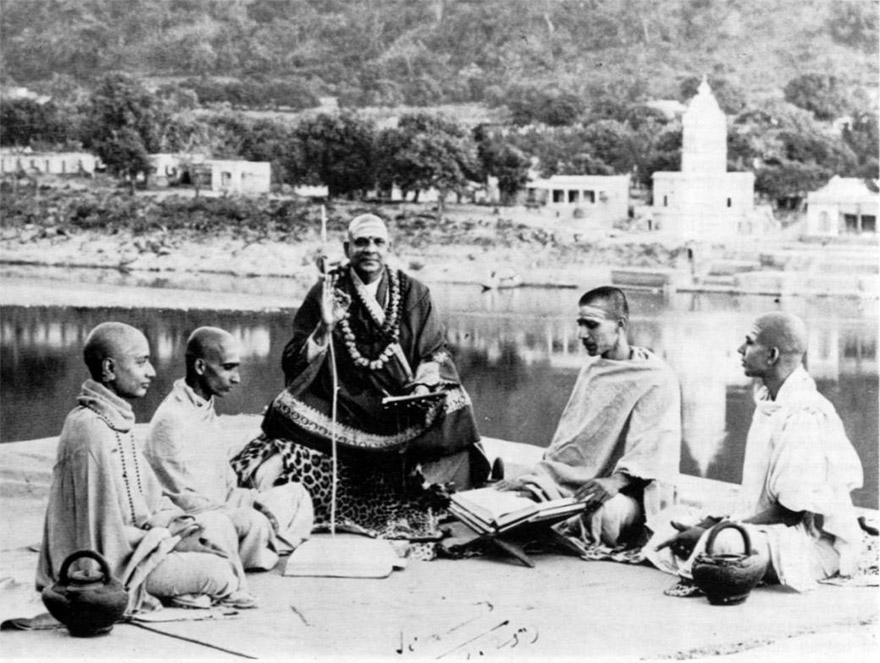
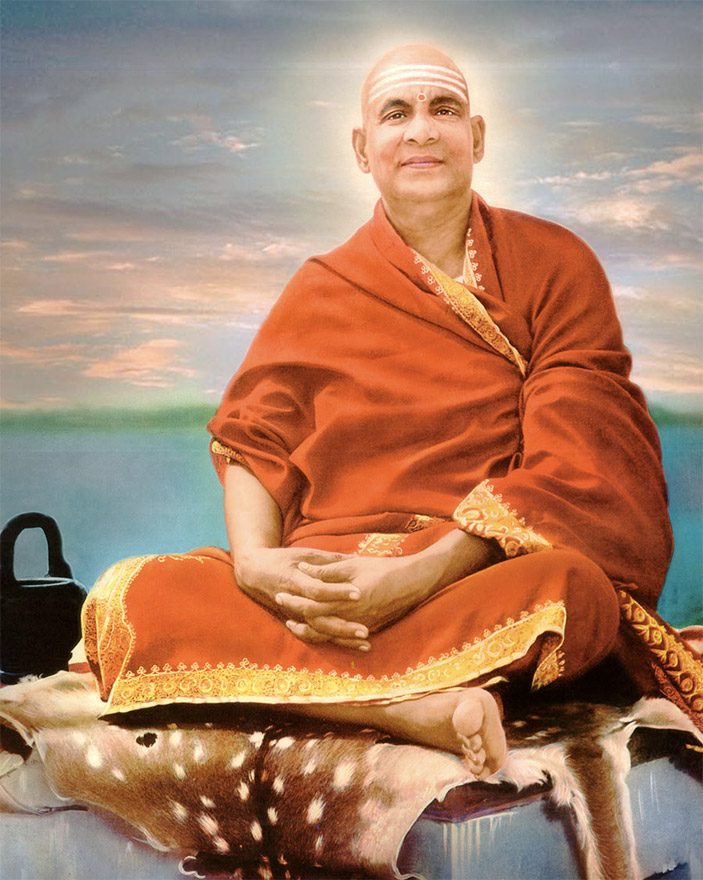
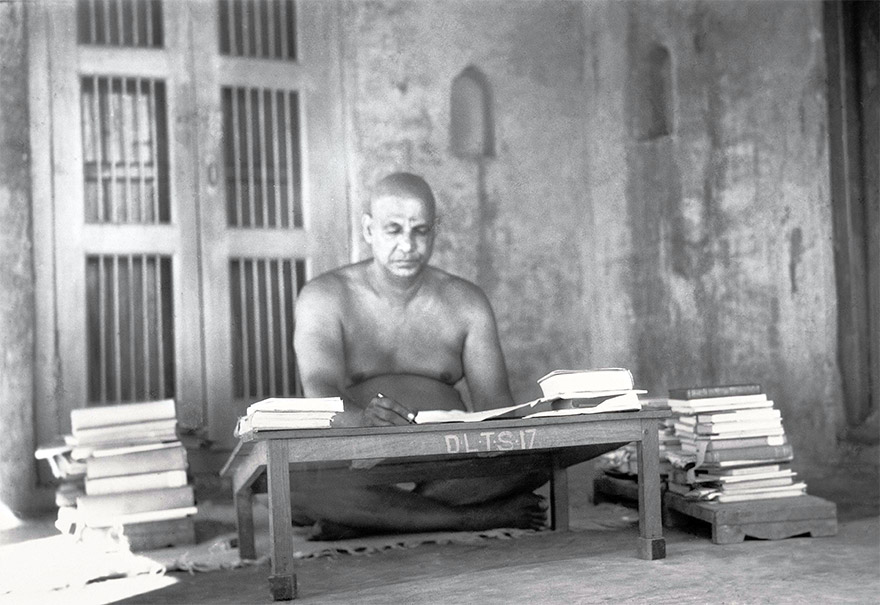
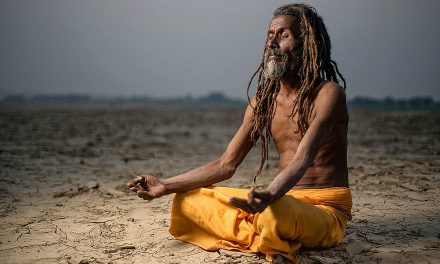

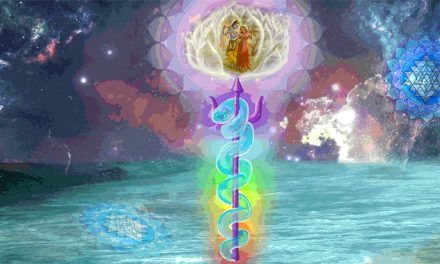
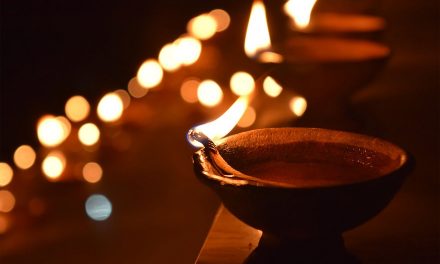









Is it safe for someone with a serious spinal old injury to do Pranayama?
How to do Pranayama is not sufficiently explained.
Need to learn pranayam in proper method as told in these article. whom to contact and where to learn.
Pranam! I truly enjoy the reading all the articles from Divine org.Perhaps, I have decided to give up non vegetarian food gradually and understood that I am unable to concentrate only because of eating meat and fish. I hope to stay connected and also spread the essence of Hinduism through my contacts.
Regards